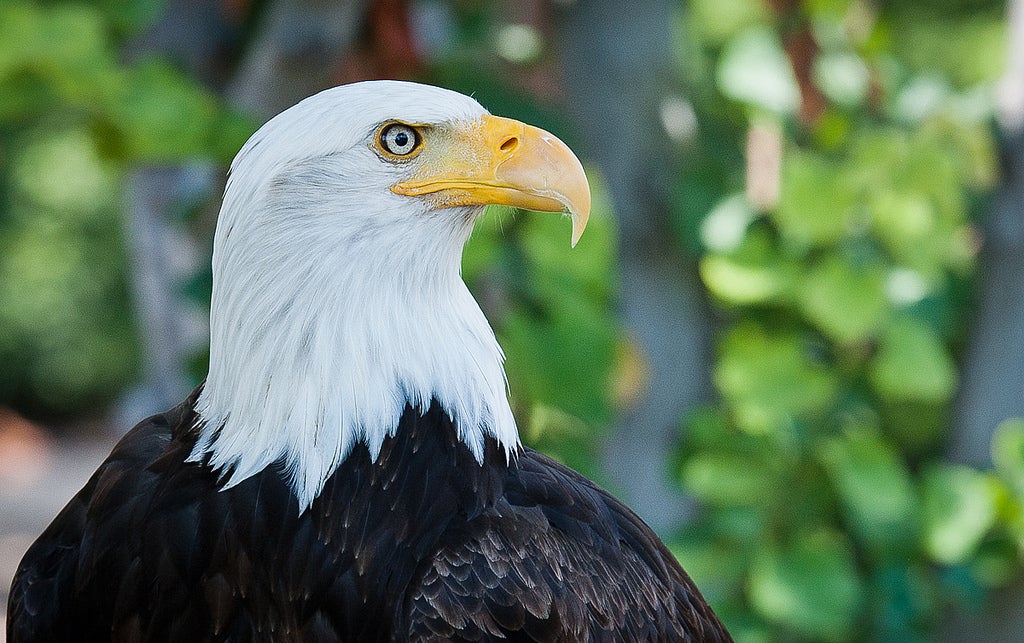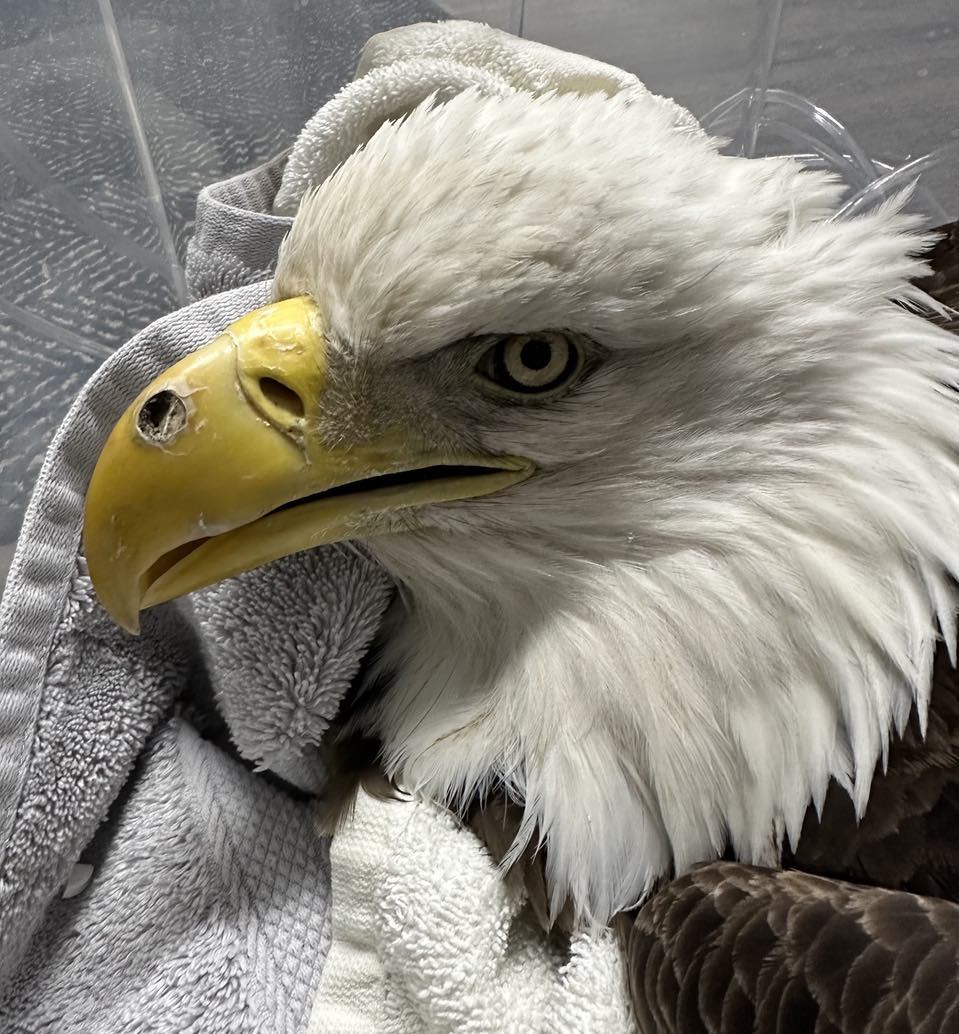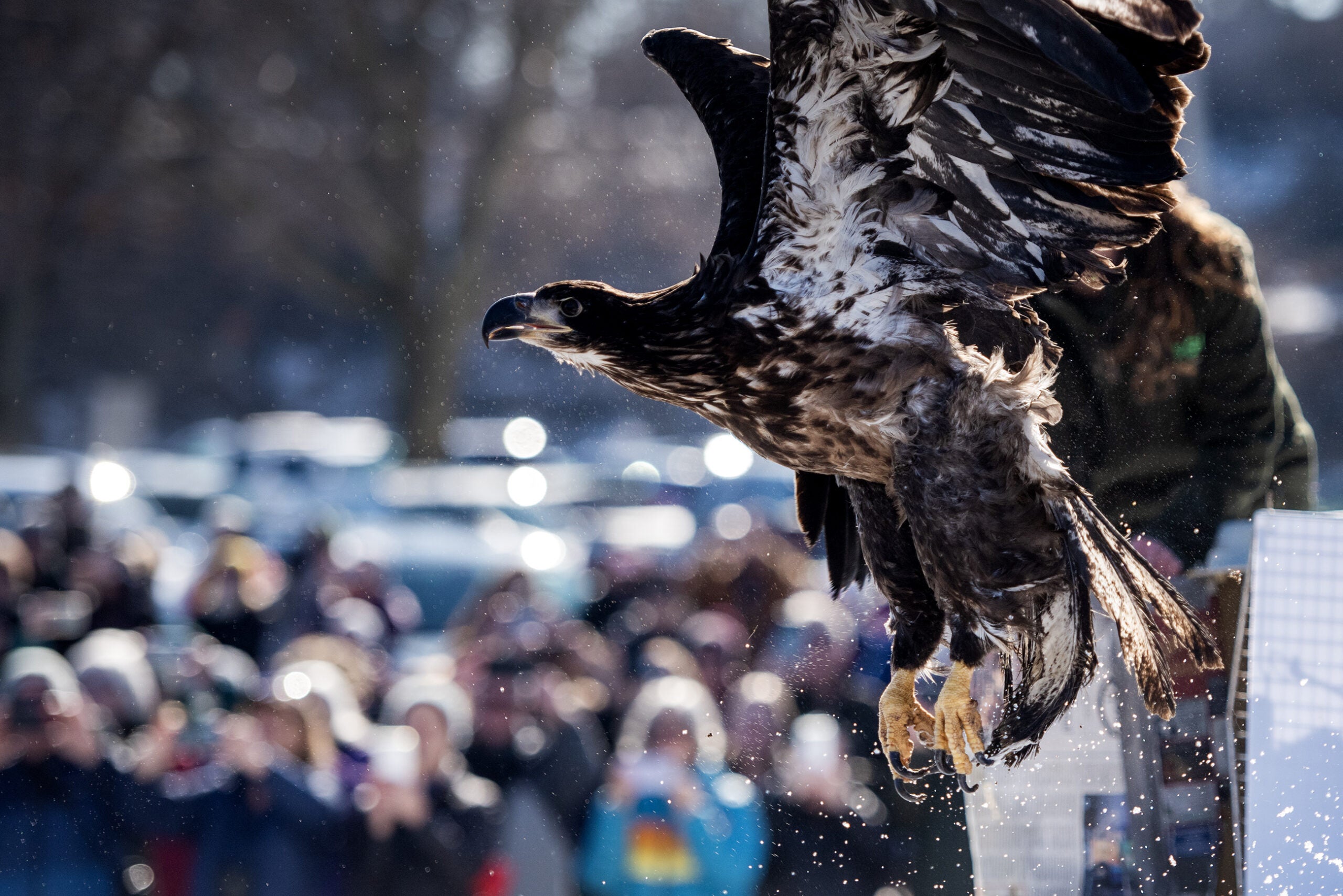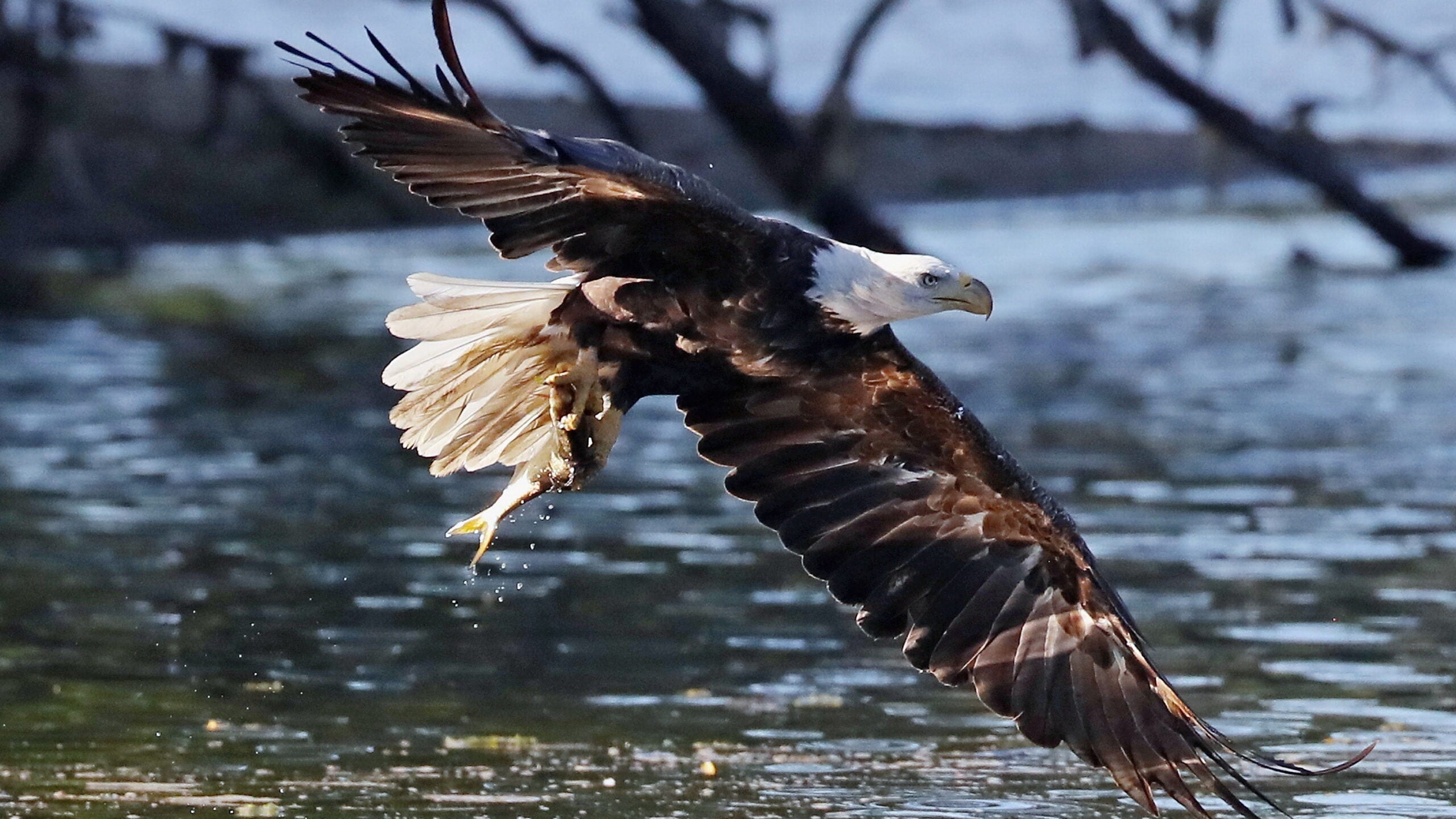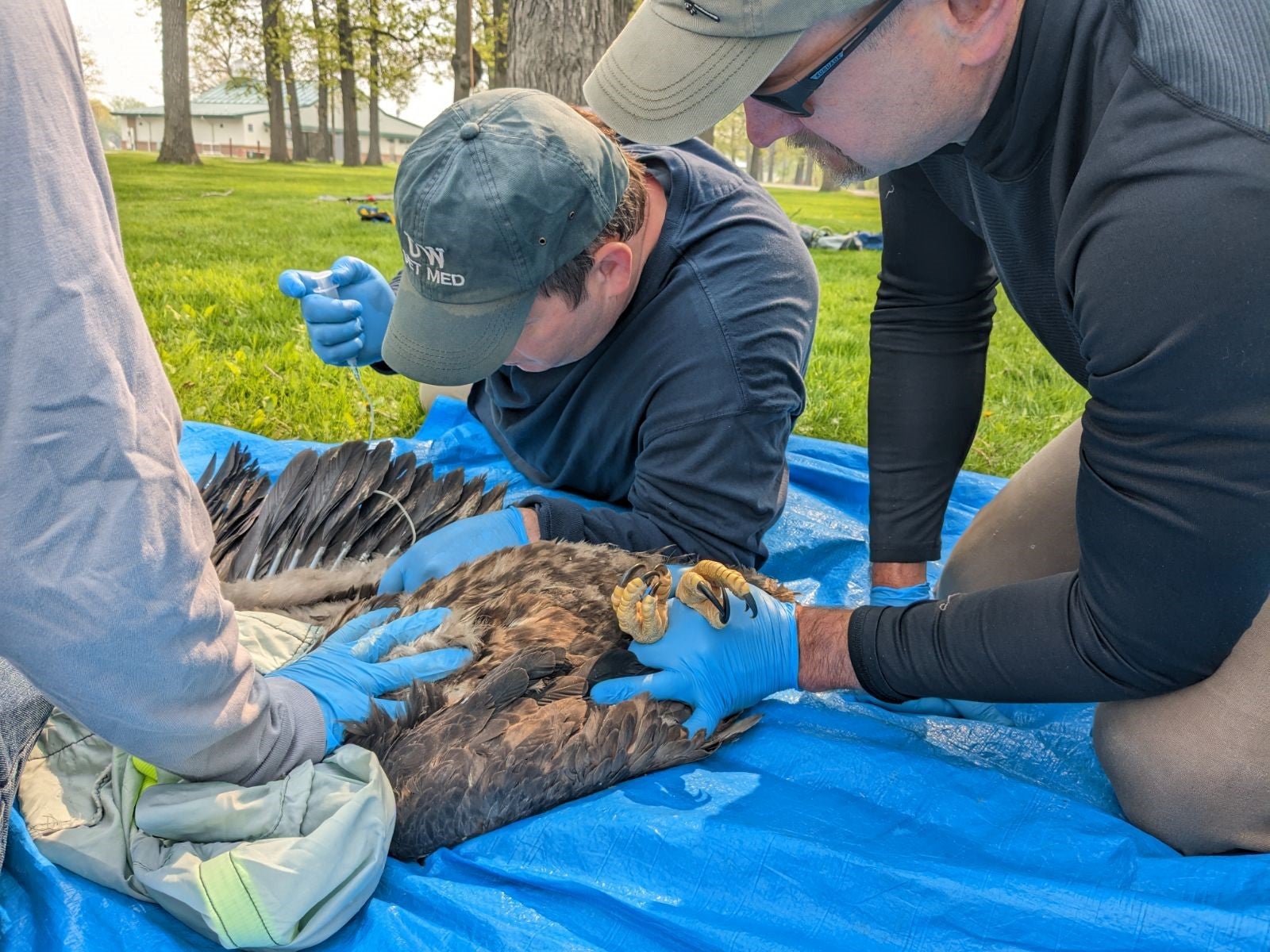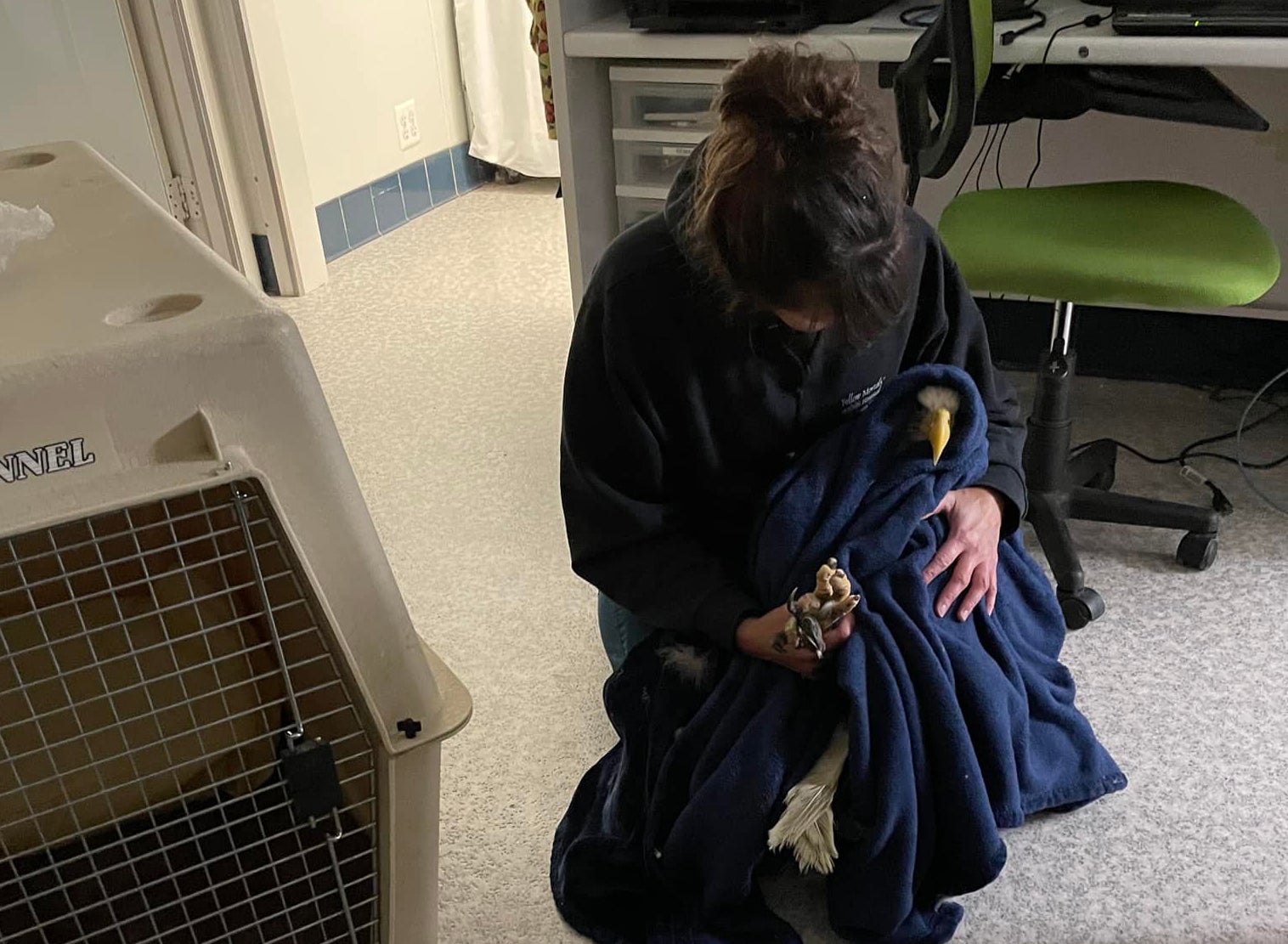The U.S. Fish and Wildlife Service (USFWS) is hosting a series of meetings to get the public’s input on how to reduce bald eagles’ exposure to lead.
One cause of lead exposure is linked to deer hunting. When it’s cold and rivers are frozen, bald eagles will feed on the gut piles that deer hunters leave behind. Because some hunters use lead ammunition, eagles can ingest lead fragments from those piles, get lead poisoning and die.
While lead poisoning is not a new phenomenon in bald eagles, the USFWS decided to take a closer look at lead levels in the birds. Over the course of two years, it found that 21 percent of deceased bald eagles had lethal levels of lead in their livers.
Stay informed on the latest news
Sign up for WPR’s email newsletter.
“Six parts per million is lethal in an eagle,” said Ed Britton, the Savanna District Manager for U.S. Fish and Wildlife Service’s Upper Mississippi River National Wildlife and Fish Refuge. “We were finding birds with 40, 50, 60, 70 parts per million.”
Britton said hunters could start by using different types of ammunition that are safer, like copper.
“Most hunters are conservationists,” said Britton. “Hopefully as conservationists, (they have) a sense of responsibility, that they will take it upon themselves to switch to non-lead ammunition.”
A similar study in the 1980s conducted by the USFWS and U.S. Geological Survey’s National Wildlife Health Center in Madison initiated the ban on lead ammunition in waterfowl hunts.
The first meeting will be on Wednesday night in Winona, Minn., and another will be on Thursday night in Onalaska.
Wisconsin Public Radio, © Copyright 2024, Board of Regents of the University of Wisconsin System and Wisconsin Educational Communications Board.

